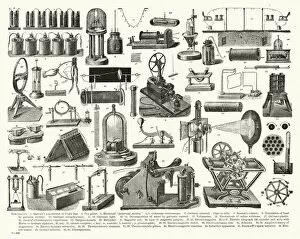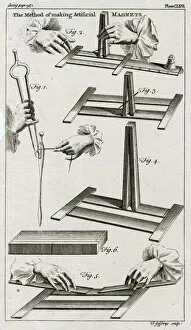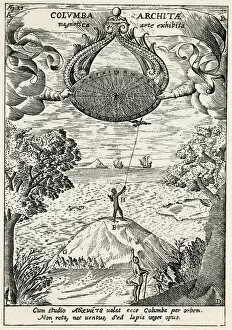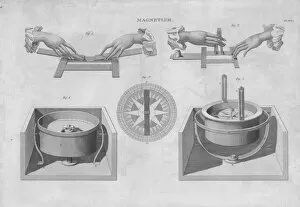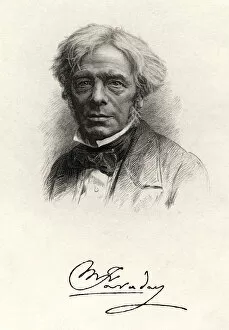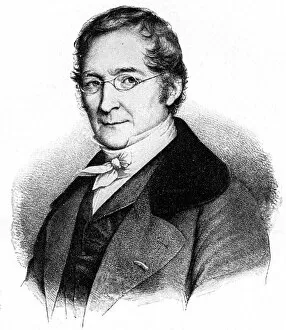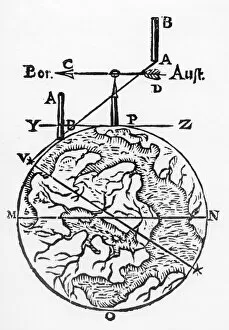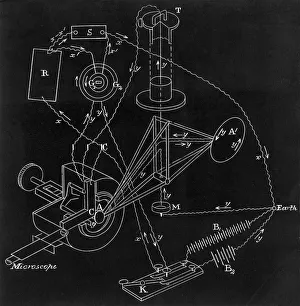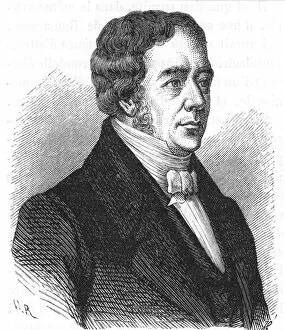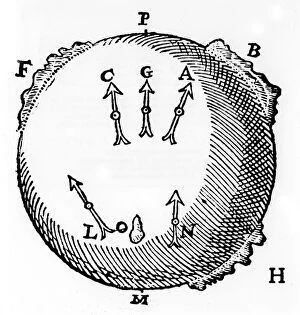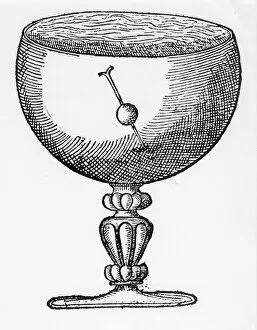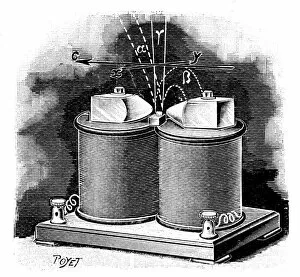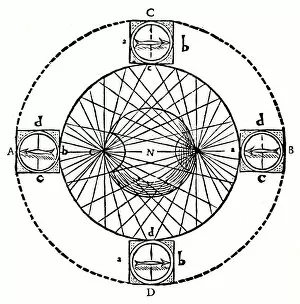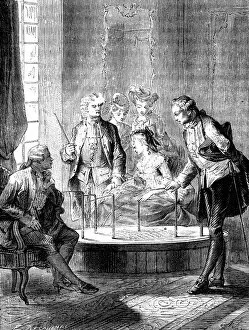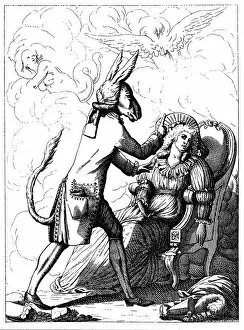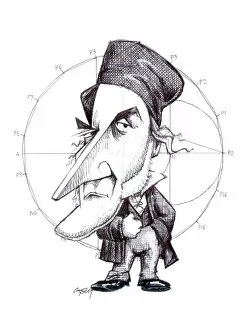"Magnetism: Unveiling the Historic Journey of a Powerful Force" Step back in time to witness Dr William Gilbert (1544-1603) showcasing his groundbreaking Experiment on Electricity to none other than Queen Elizabeth I. This momentous event marked the beginning of our understanding of magnetism. Fast forward to 1954, where the invention of the mass spectrometer revolutionized scientific research by allowing us to study magnetic properties with unparalleled precision. One cannot discuss magnetism without mentioning magnetic repulsion, a phenomenon that has puzzled and fascinated scientists for centuries. Its discovery opened doors to endless possibilities and sparked countless innovations. Enter Nikola Tesla, the brilliant Serb-US physicist who harnessed magnetism's potential like no one else before him. His contributions laid the foundation for modern electrical power systems and propelled humanity into a new era. In 1883, mesmerizing artwork by George du Maurier depicted the development of Mesmeric Science, which explored the intricate relationship between magnetism and human consciousness. It captivated minds worldwide and ignited further exploration into this enigmatic force. Travel back even further to 1849 when Michael Faraday delved deep into studying both magnetism and gravity. His groundbreaking experiments paved the way for our current understanding of these fundamental forces that shape our universe. But let us not forget ancient China during Han Dynasty (206 BC-220 AD), where inventors first discovered magnets' extraordinary properties. Their ingenuity set in motion a chain reaction leading us towards unraveling nature's secrets. Returning once more to Dr William Gilbert captivating Queen Elizabeth I with his demonstrations; it was through his litho artwork that we can still visualize this historic encounter today—a testament to how far we've come since then. The concept of magnetic fields comes alive in stunning artwork C016/9855, showcasing their invisible yet powerful presence shaping everything around us—an awe-inspiring reminder of nature's hidden wonders waiting to be explored.















